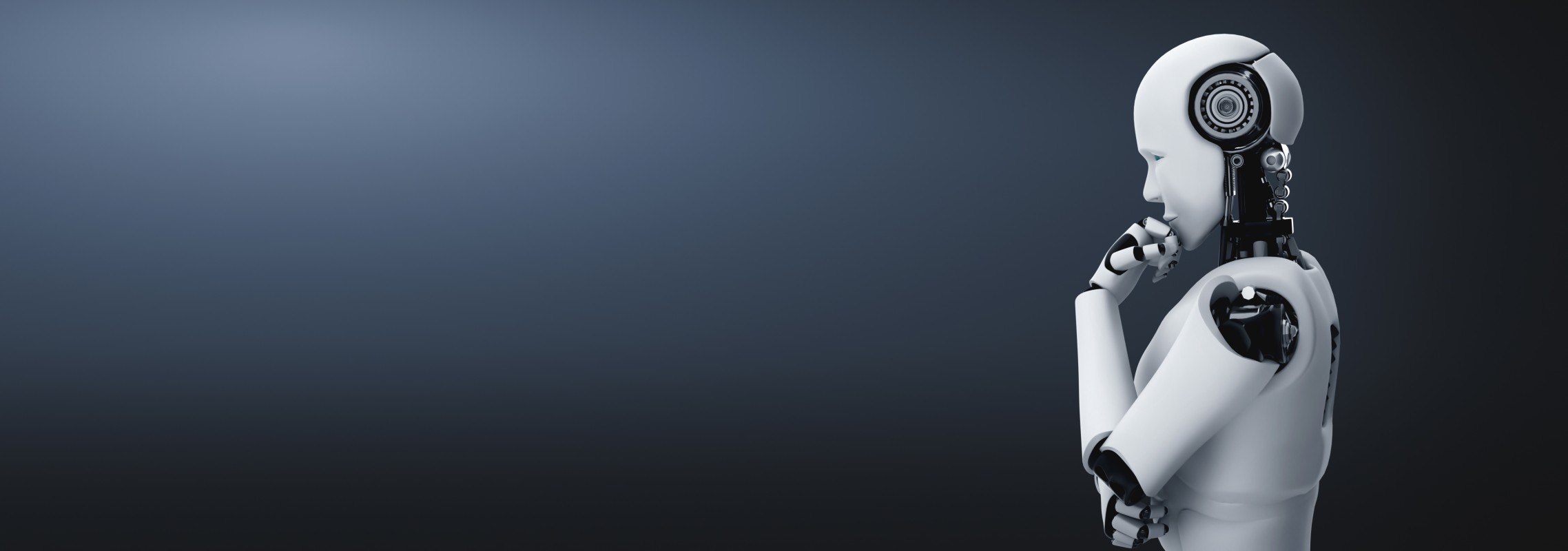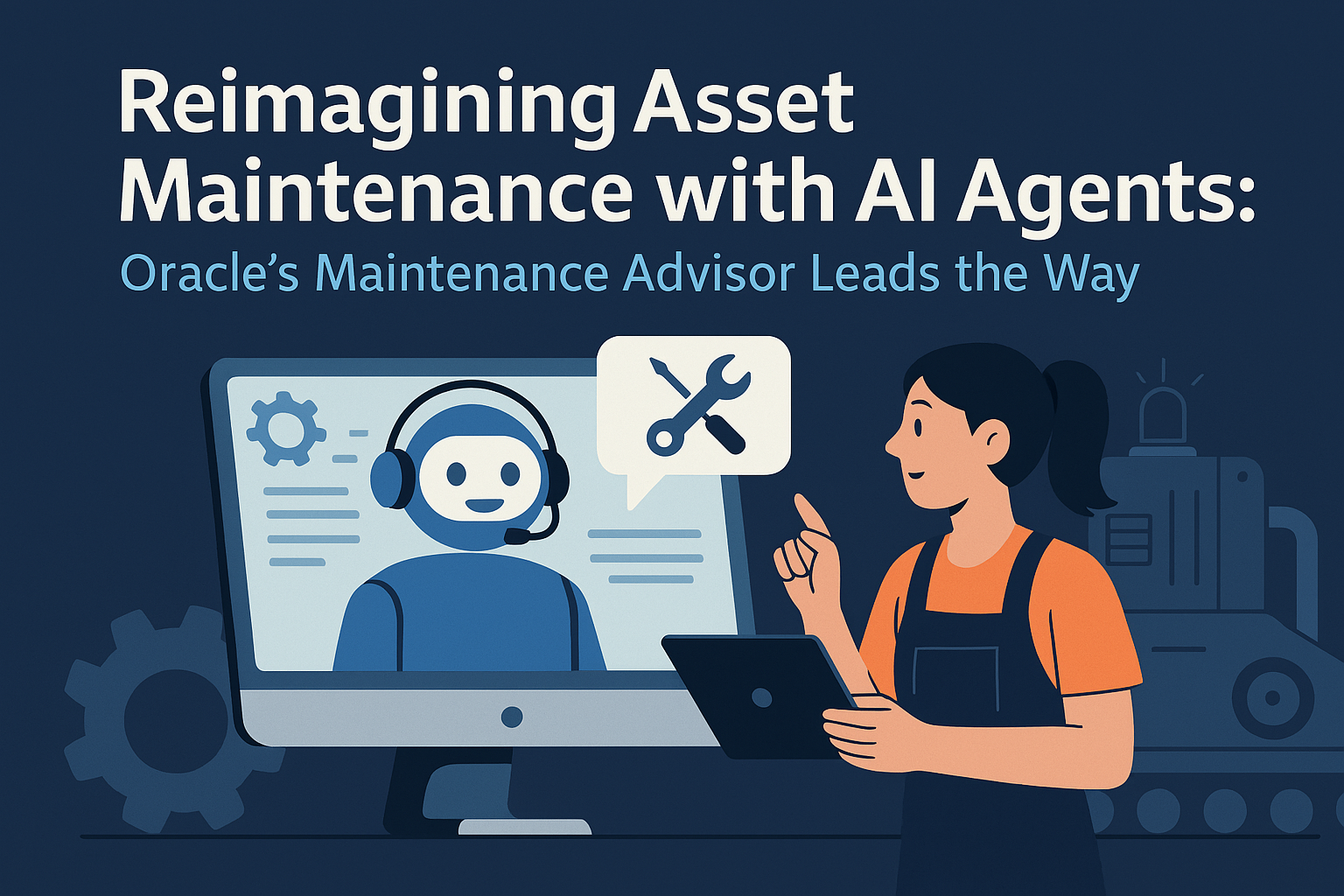The Rapid Rise of AI: A Call for CIOs and Business Leaders to Embrace and Prepare

In the ever-accelerating world of artificial intelligence (AI), new breakthroughs emerge weekly, leaving us both impressed and slightly uneasy. Take this week’s development: Anthropic’s chatbot, Claude, can now “use your computer.” It can fill out forms, browse websites, and even analyze source code. At first glance, these advancements might feel like clever party tricks, but collectively, they signify a profound shift in how technology interacts with our lives and work.
As we marvel at these rapid advancements, it’s crucial to recognize that AI is evolving faster than most anticipate. More importantly, it’s reshaping society at an unprecedented pace. Here’s why embracing AI today—and doing so thoughtfully—matters more than ever.
Let’s start with the obvious: AI tools like Claude and GPT can dramatically enhance productivity. Imagine having these tools open all day to assist with tasks like analyzing data, drafting emails, or brainstorming ideas. Yes, they make mistakes and “hallucinate,” but with practice, you can learn to navigate their quirks and leverage their strengths. The result? You’ll work 10 times faster than your peers and produce higher-quality outputs.
That said, this requires a mindset shift. Initially, using AI might feel like cheating, but as you incorporate it into your daily workflow, you’ll discover its potential as a powerful ally. However, always exercise caution. For instance, avoid inputting sensitive client data into AI platforms to prevent inadvertent data leaks.
My belief in AI’s rapid progress isn’t baseless; it’s shaped by thought leaders like Sam Harris and Mo Gawdat. Their perspectives offer compelling reasons to believe that AI’s trajectory is both inevitable and transformative.
Sam Harris: The Neuroscientist’s Warning
In a 2016 TED Talk, Sam Harris outlined why AI poses existential risks. He argued that humanity often treats AI development as “cool science fiction” rather than an urgent ethical dilemma. Harris likened the arrival of superintelligent AI to receiving a message from an alien civilization, warning us they’ll arrive in 50 years. The question is: Are we prepared?
Harris emphasizes three assumptions underpinning the inevitability of superintelligent AI:
Intelligence is a product of information processing in physical systems.
We will continue to improve our intelligent machines.
Humans are not the pinnacle of intelligence.
The third point, Harris argues, is the most critical. Machines that surpass human intelligence could process information at unimaginable speeds. For example, if a machine matches the intelligence of an MIT research team, it could achieve 20,000 years’ worth of human intellectual work in just one week. The implications are staggering, especially if such power is abused, widening wealth gaps and heightening global tensions.
Mo Gawdat: The Insider’s Perspective
Mo Gawdat, a former head of research at Google, adds another layer of insight. Gawdat’s perspective is less about fear and more about preparation. He emphasizes the importance of understanding AI’s capabilities and societal impact. Unlike tech CEOs driven by profits, Gawdat advocates for a balanced approach to integrating AI into our lives.
While we may not be in science fiction territory yet, waiting on the sidelines isn’t an option. Organizations and individuals alike must start integrating AI into their workflows to stay competitive. Here's why:
AI Tools Are Already Here
From data analysis to creative brainstorming, tools like GPT and Claude are revolutionizing work. Ignoring them means falling behind in productivity and innovation.
The Need for Ethical Adoption
Companies must establish clear guidelines for AI use to prevent data leaks and misuse. Educating employees about responsible AI adoption is as critical as the technology itself.
Preparing for the Future
As Harris and Gawdat highlight, the pace of AI development demands proactive planning. Whether through ethical frameworks or strategic investments, we must shape AI’s trajectory to ensure it aligns with humanity’s best interests.
AI is no longer a distant possibility; it’s an integral part of our reality. While it offers immense potential, it also raises profound questions about ethics, privacy, and the future of humanity. Thought leaders like Sam Harris and Mo Gawdat remind us of the importance of navigating this journey with care and foresight.
As you explore AI’s capabilities, embrace its potential, but do so responsibly. Use it to amplify your productivity and creativity while remaining vigilant about its limitations and risks. After all, the future of AI isn’t just about technological progress—it’s about how we, as a society, choose to engage with it.
The rapid rise of AI demands not just an understanding of its capabilities but also a robust framework to integrate it into business operations seamlessly. AiDOOS Virtual Delivery Centers (VDCs) provide a strategic advantage for organizations looking to embrace AI technologies and unlock their full potential.
How VDCs Enable AI Adoption:
Access to AI Specialists:
Scalable AI Projects:
Cost-Effective Innovation:
Streamlined AI Integration:
Focus on Outcomes:
Future-Proofing Business Models:
Conclusion:
Virtual Delivery Centers act as the bridge between ambition and execution in the AI era. By providing the talent, scalability, and flexibility needed for AI adoption, VDCs empower organizations to lead in an AI-driven world while mitigating risks and maximizing opportunities.

Discover how Oracle’s Maintenance Advisor AI agent is transforming equipment maintenance and repair workflows. Learn its enterprise impact, real-world applications, and the future of AI in industrial operations.